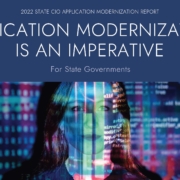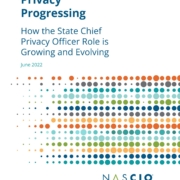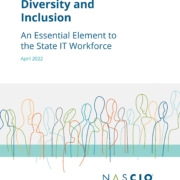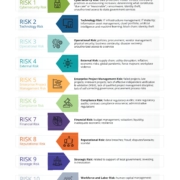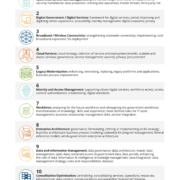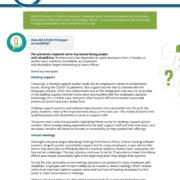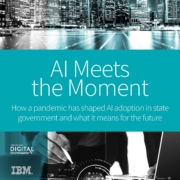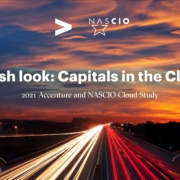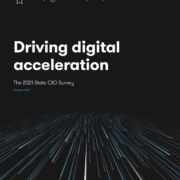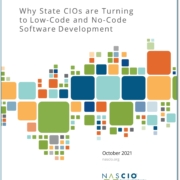Application Modernization is an Imperative for State Governments
NASCIO and VMware conducted a study during 2022 on the topic of state government application modernization. This study included an online survey and detailed individual interviews of state and territorial CIOs. The report presents findings from this research, key recommendations and a playbook for moving forward with application modernization.

